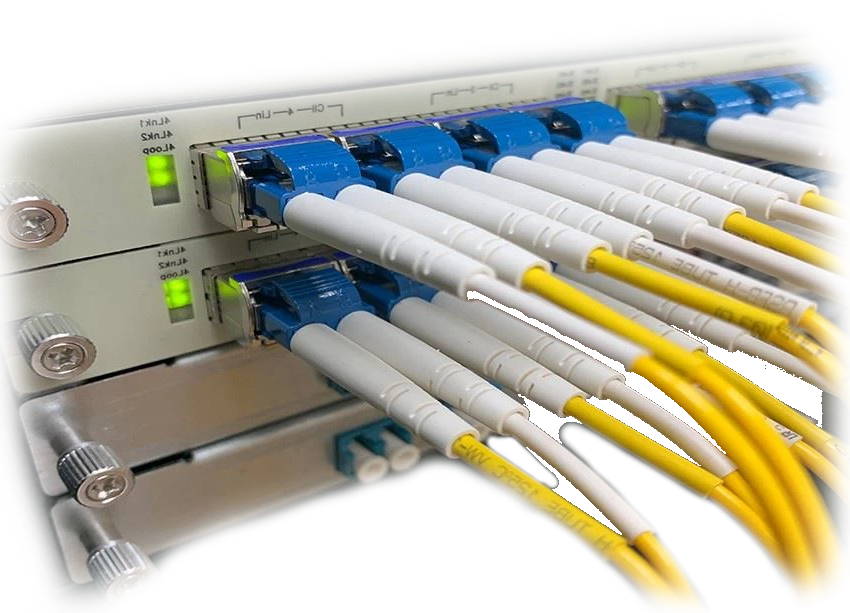
PMon
ZTE Huawei BDCom C-Data GCom network equipment monitoring and management
Get started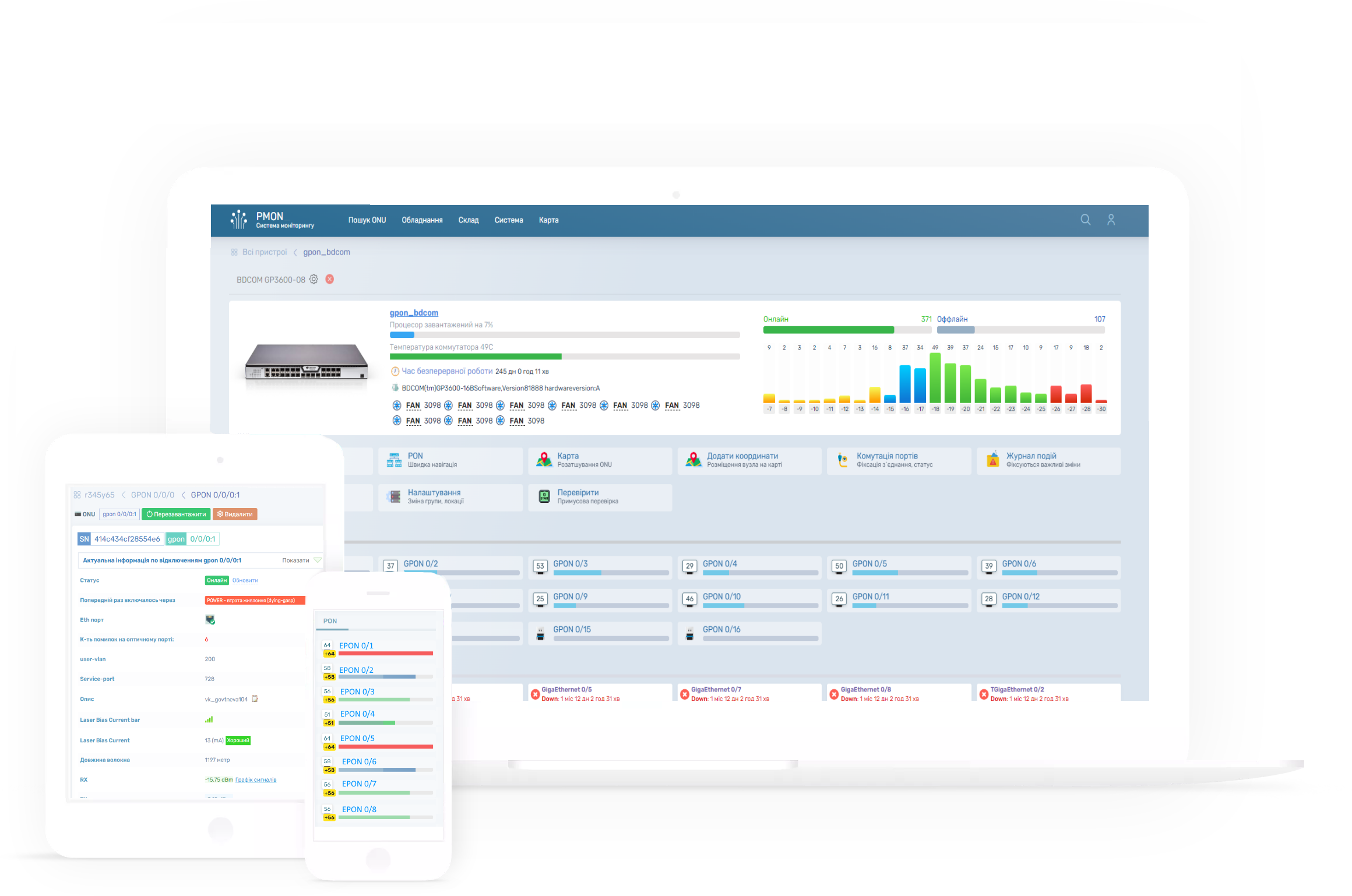
PON Monitoring System PMon
PMon is a PON network monitoring system that allows real-time monitoring of the status and operation of PON infrastructure
It supports ZTE C300, ZTE C320, and ZTE C620 equipment. PMon enables tracking of key parameters such as data transmission speed, signal quality, noise level, and signal power. This allows operators to respond quickly to faults, reduce network downtime, and improve the quality of service for users
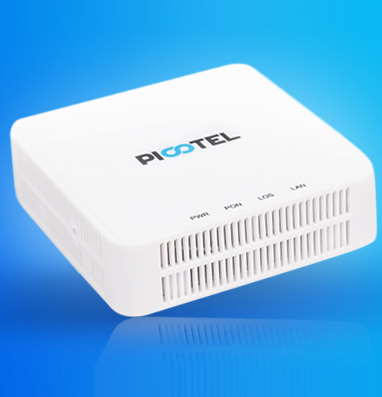
ONU Monitoring XGSpon Gpon
Monitoring ONU parameters in real time, allows you to monitor data transfer rate, fiber length, terminal temperature, RX TX signal strength and other ONU parameters (GPON, XG-PON, XGS-PON)

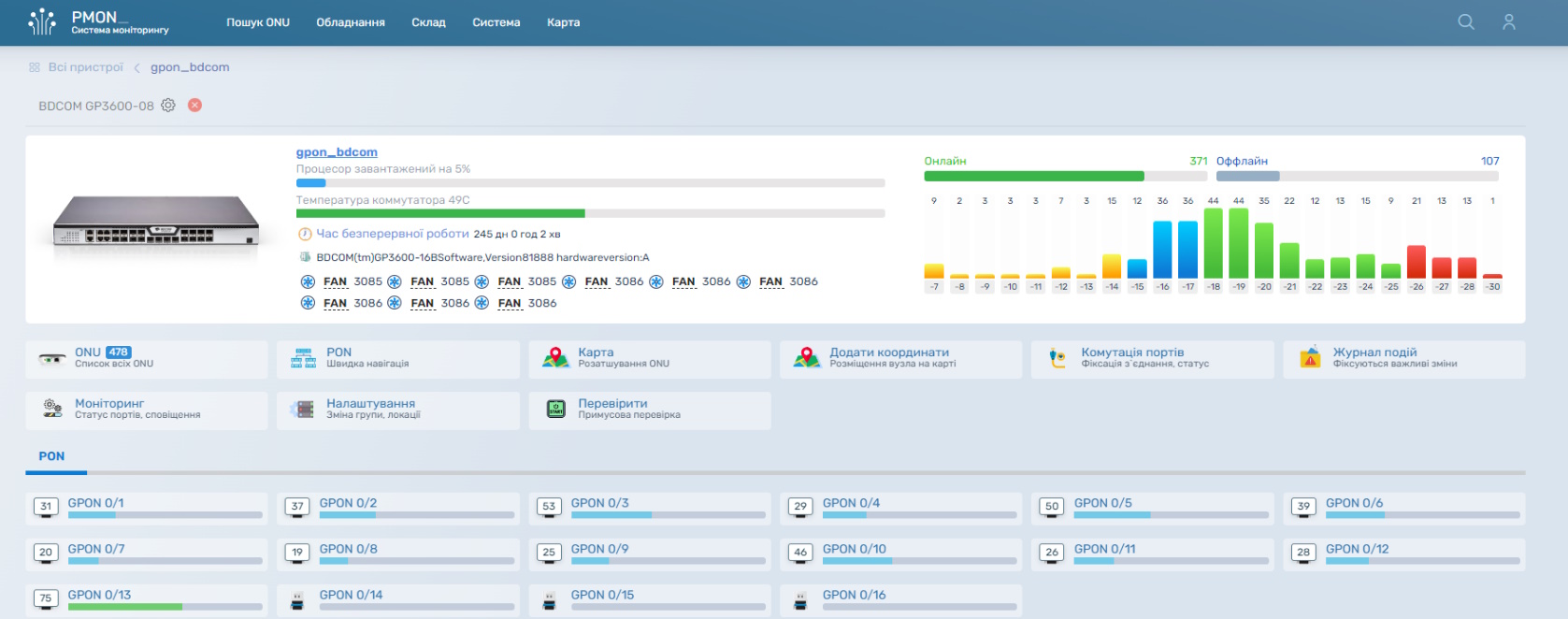
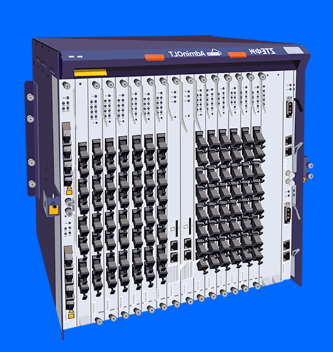
OLT Monitoring
Monitors OLT hub parameters such as port status, port status, signal strength, number of connected ONUs, and port load. This allows network operators to identify and resolve problems in a timely manner ZTE c300, c320, c600, c620, Huawei MA5800-X7, MA5800-X15, MA5800-X17, BDCom 3600-16E, C-Data GPON FD1700

Search ONU
Organized ONU search on all switches that are in the system and analyzed, the search is carried out on each port for the presence of connected devices with the necessary search parameters Fiber Management
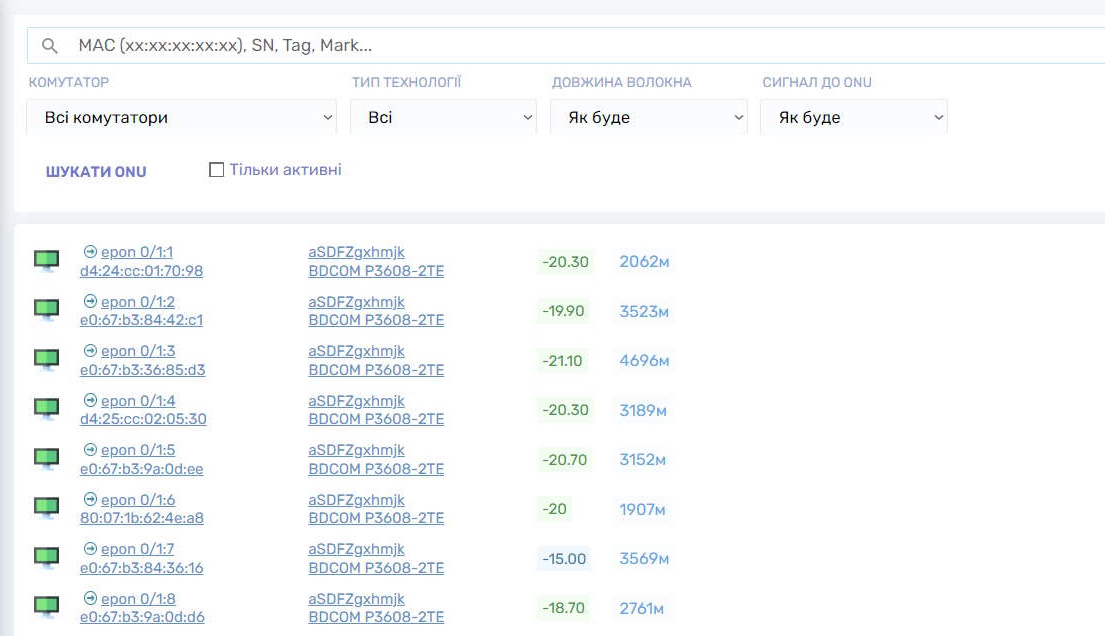

PMon Google Maps
Helps to identify the location of possible signal problems, as well as to track the signal path from the OLT to the end user on the PON network
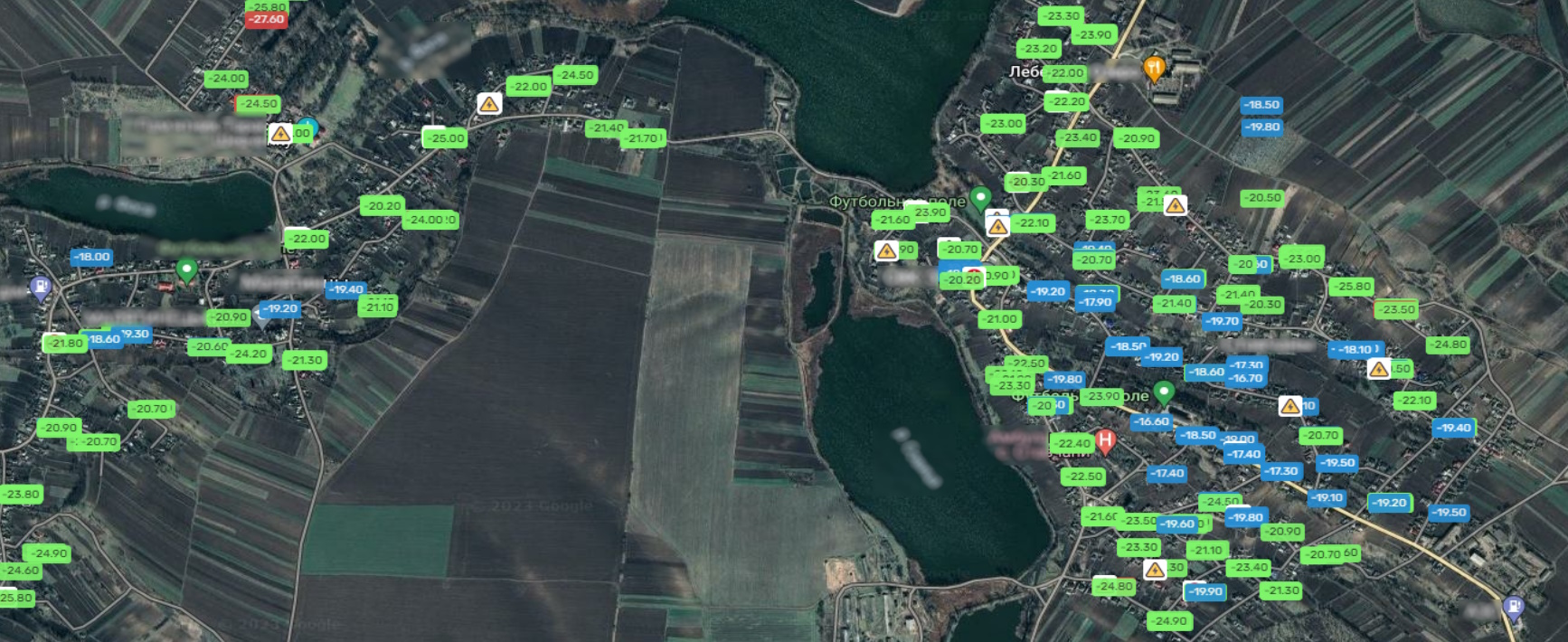
Basic features and functions:
Multilingualism (Ukrainian and English languages)
Monitoring the availability of devices (switches, OLTs), ONUs and ports
Periodic or manual polling (retrieving ONU information such as signal level, MAC, interface name, description)
ONU monitoring (Distance, signal level, last signal level if ONU is inactive, port status, description)
History of signal levels for each ONU
Removal of FDB table from ONU, reboot, delete
Monitoring and notification of disconnection, activation of OLT ports, candles
Hardware Requirements:
Server access to the Internet
1 CPU 512+ RAM 10Gb+ HDD
OS (Linux) PHP 8.0 and higher, Apache or Nginx, SNMP, MYSQL
Why install license software:
- 24/7 support (you always have access to experts to help solve any technical problems you may encounter while using the software)
- Constant updates (Licensed software developers are constantly improving their products and releasing updates to fix bugs, add new features and improve performance)
- Modification of the system to your needs (Developers provide the opportunity to modify the system to the needs of a specific user)
- Open source (allows users to work together on a project, which can lead to faster and more efficient system development and improvement)

